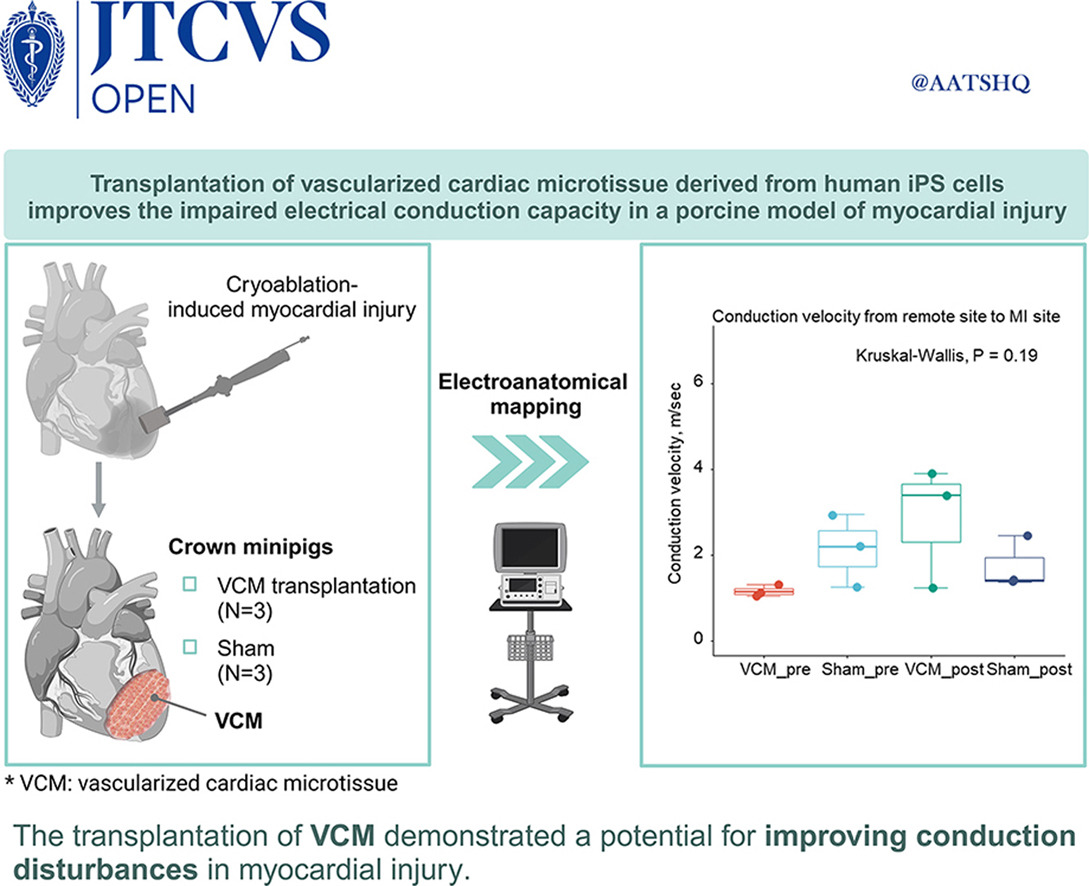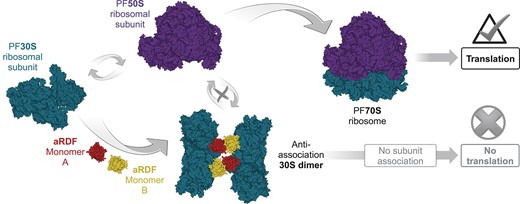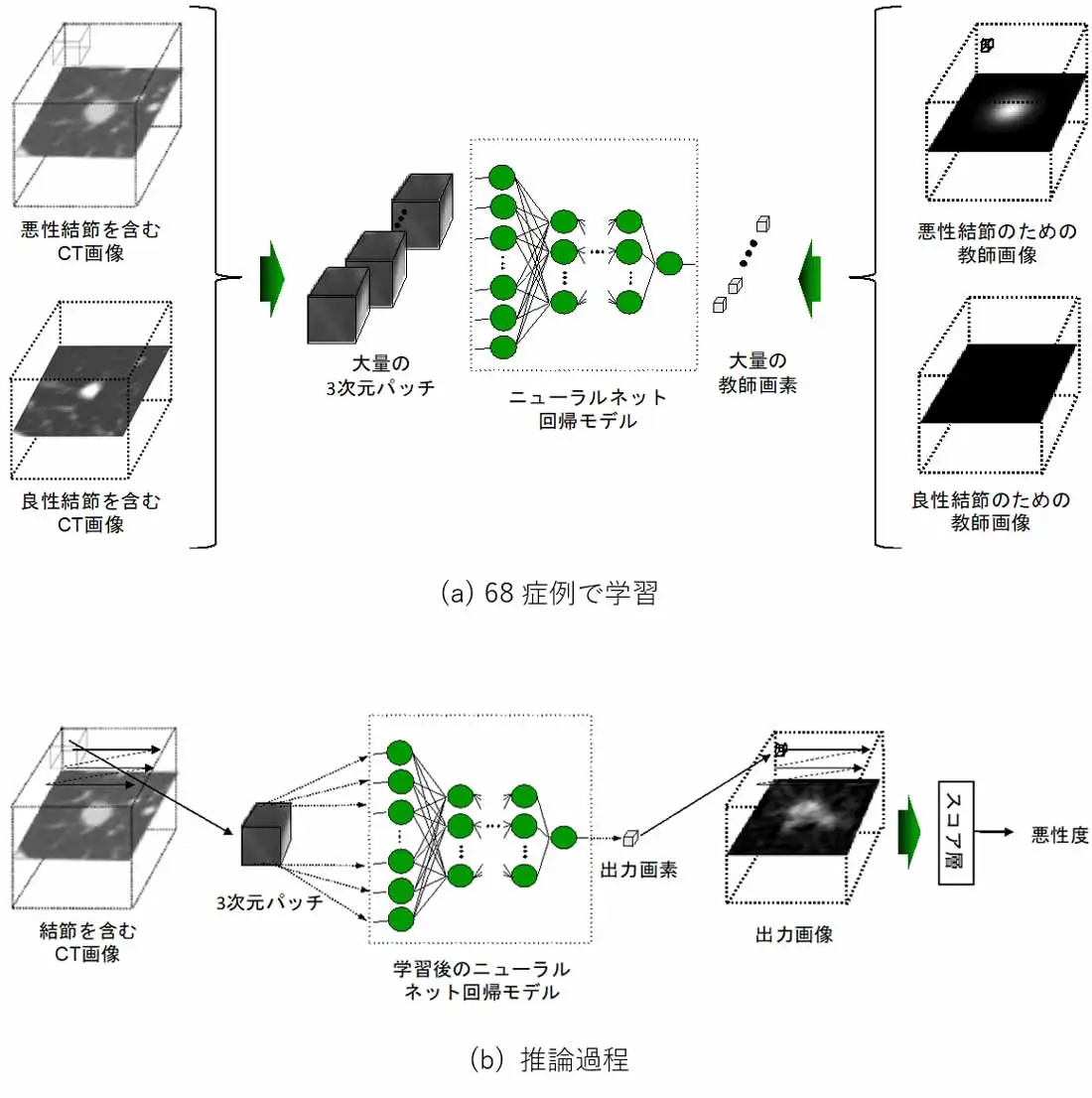2025-03-28 京都大学
<関連情報>
- https://www.kyoto-u.ac.jp/ja/research-news/2025-03-28-0
- https://www.kyoto-u.ac.jp/sites/default/files/2025-03/web_2503_Masumoto-95853da45b0dbd02e2bddb5d4e64f264.pdf
- https://www.sciencedirect.com/science/article/pii/S2666273625000786
ブタ⼼筋障害モデルにおけるヒト iPS細胞由来⾎管化⼼臓マイクロ組織移植による電気伝導障害の改善 Transplantation of vascularized cardiac microtissue from human iPS cells improves impaired electrical conduction in a porcine myocardial injury model
Yuki Kuroda MD, Jun Iida MD, Kozue Murata PhD, Yuki Hori MD, Jumpei Kobiki MD, Kenji Minatoya MD,PhD, Hidetoshi Masumoto MD,PhD
JTCVS Open Available online: 17 March 2025
DOI:https://doi.org/10.1016/j.xjon.2025.03.006
Graphical abstract

Abstract
Objective
To demonstrate that the transplantation of human induced pluripotent stem cell (hiPSC)-derived vascularized cardiac microtissue (VCM) can improve conduction disturbances after myocardial injury (MI).
Methods
We prepared cell sheet-shaped VCM with hiPSC-derived cardiomyocytes and vascular cells utilizing dynamic rocking culture. We induced MI via epicardial cryoablation in immunosuppressed crown minipigs (VCM and sham groups; N=3) and transplanted the VCMs immediately after MI induction. The pigs underwent epicardial electroanatomical mapping immediately before and one week after MI induction.
Results
One week after MI induction, mean electrical potentials at the MI site decreased in both groups during sinus rhythm (from 11.05 to 1.74 mV in the VCM group, and from 8.72 to 2.70 mV in the sham group, P=0.048). The mean conduction velocity between the remote and MI sites was numerically higher in the VCM group compared to the Sham group (2.84 m/s versus 1.74 m/s). One of the three animals in the VCM group demonstrated two independent origins of excitation corresponding to the pacing sites when simultaneous pacing of the remote and MI sites was performed one week after MI induction. Histological examination confirmed that the VCM had engrafted on the surface of the MI region. Furthermore, we confirmed that the myocardial tissue in the MI region remained more intact one week after injury in the VCM transplantation group compared to the sham group, suggesting that this contributed to the reduction of conduction disturbances.
Conclusions
The transplantation of VCM demonstrated a potential for improving conduction disturbances in MI.



